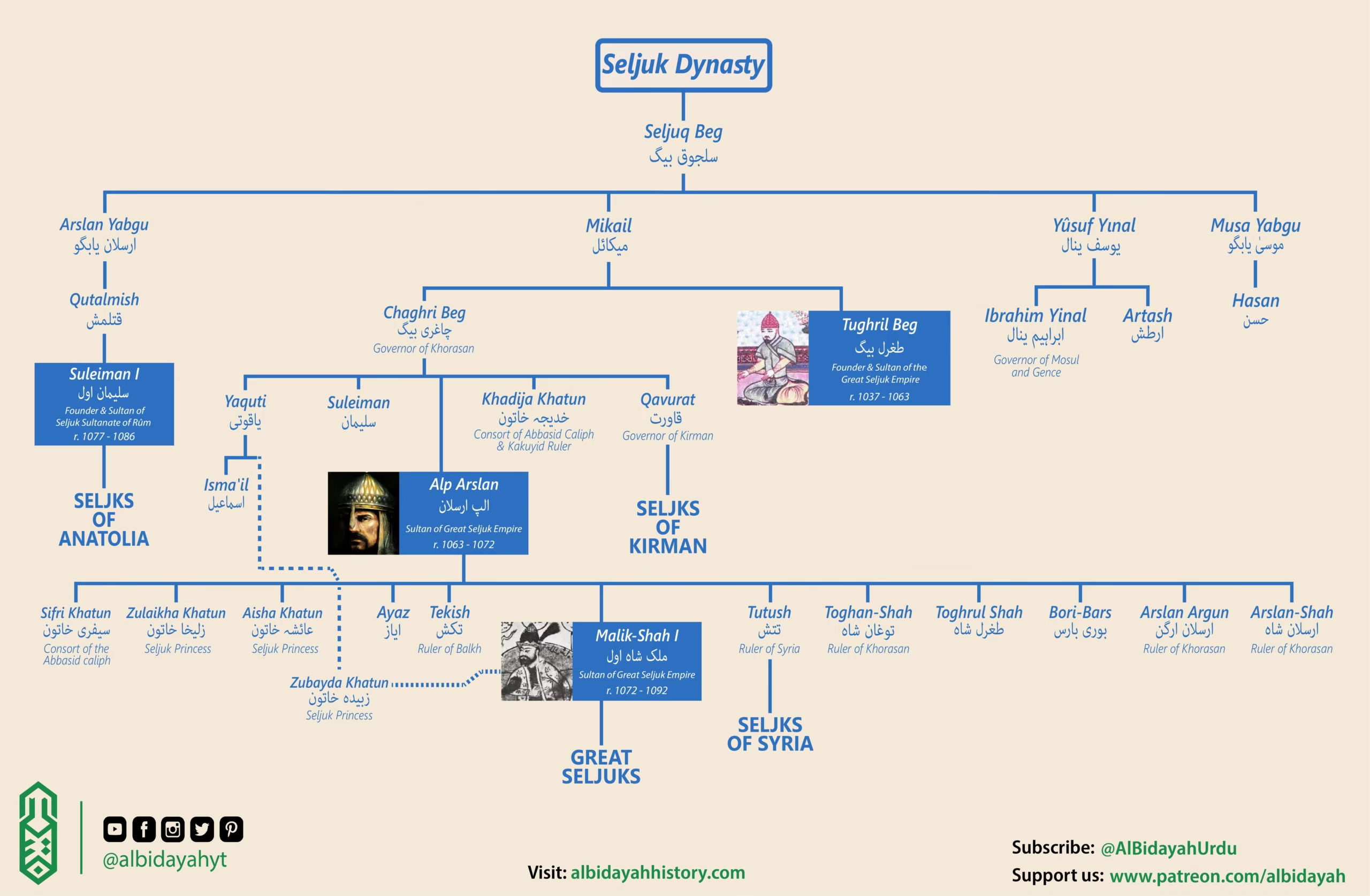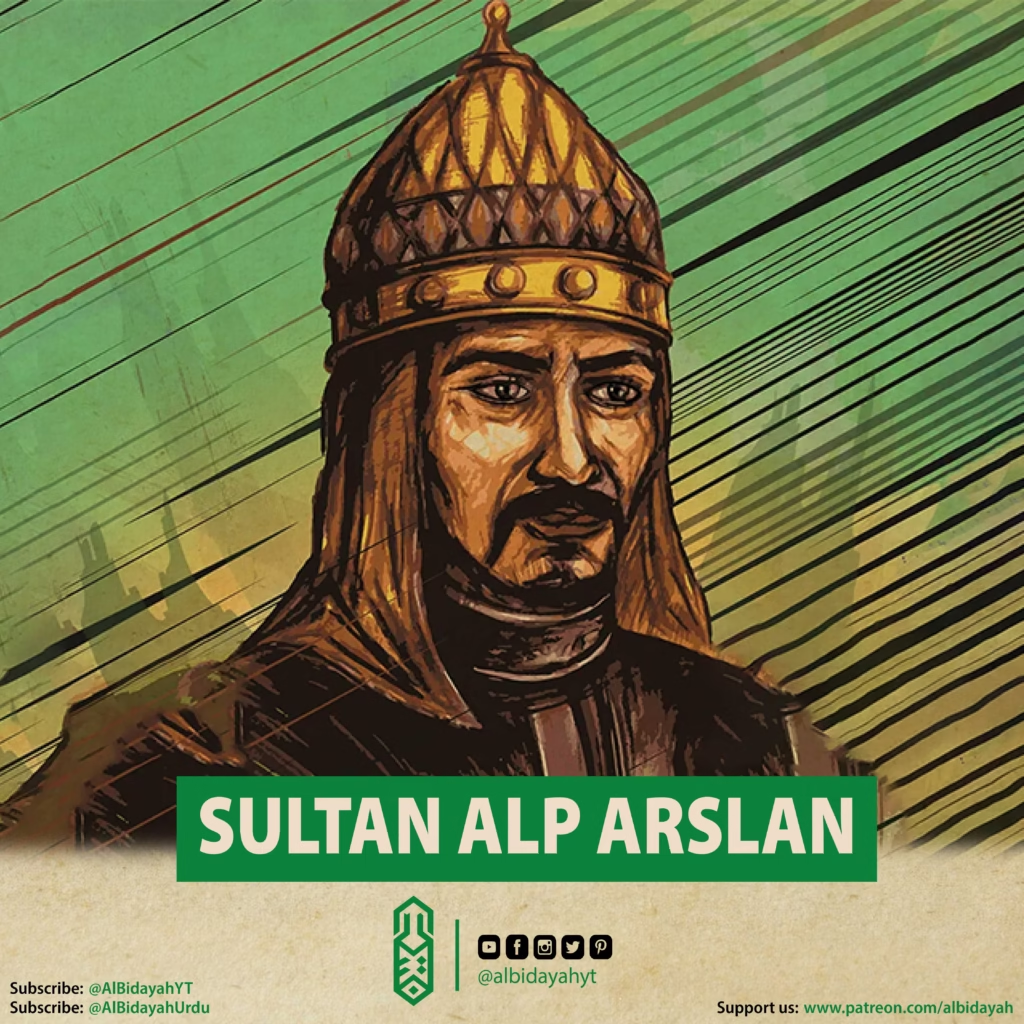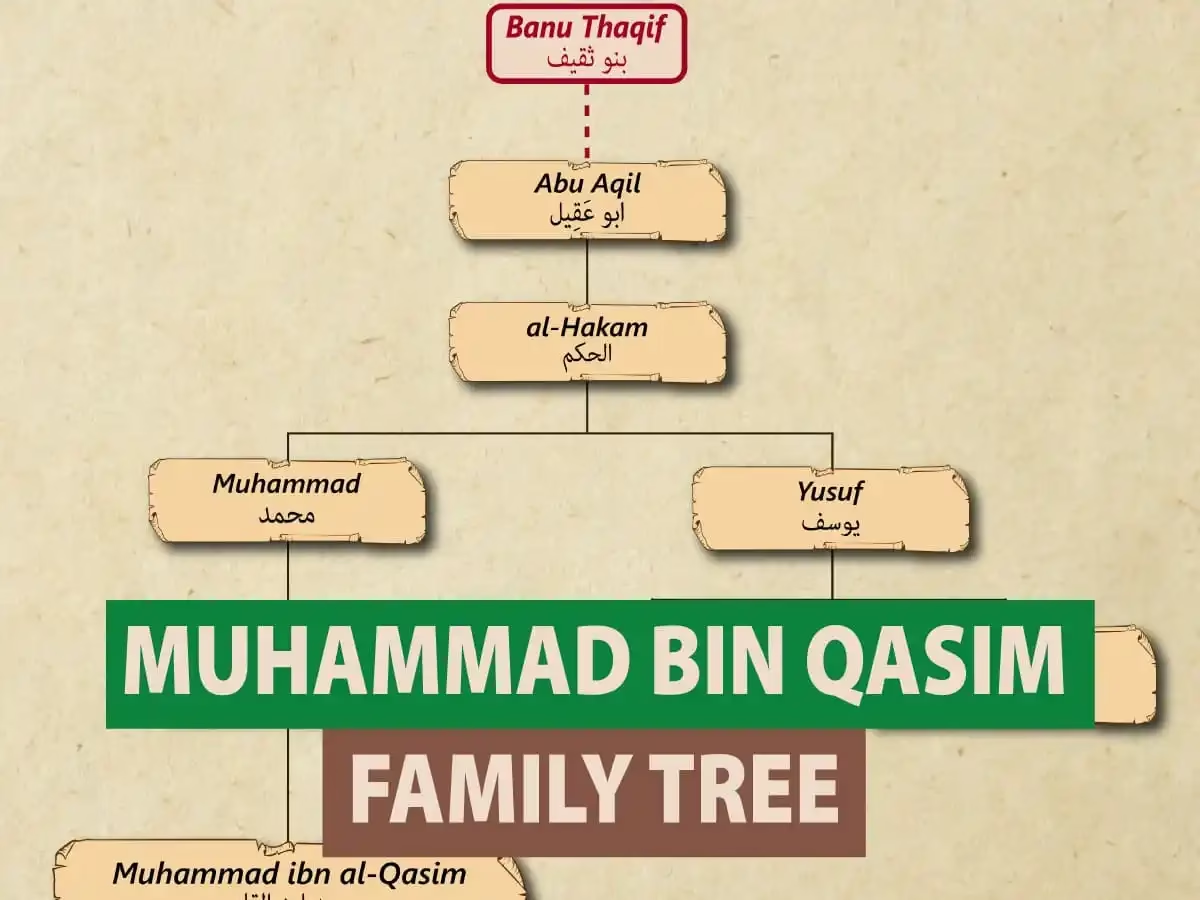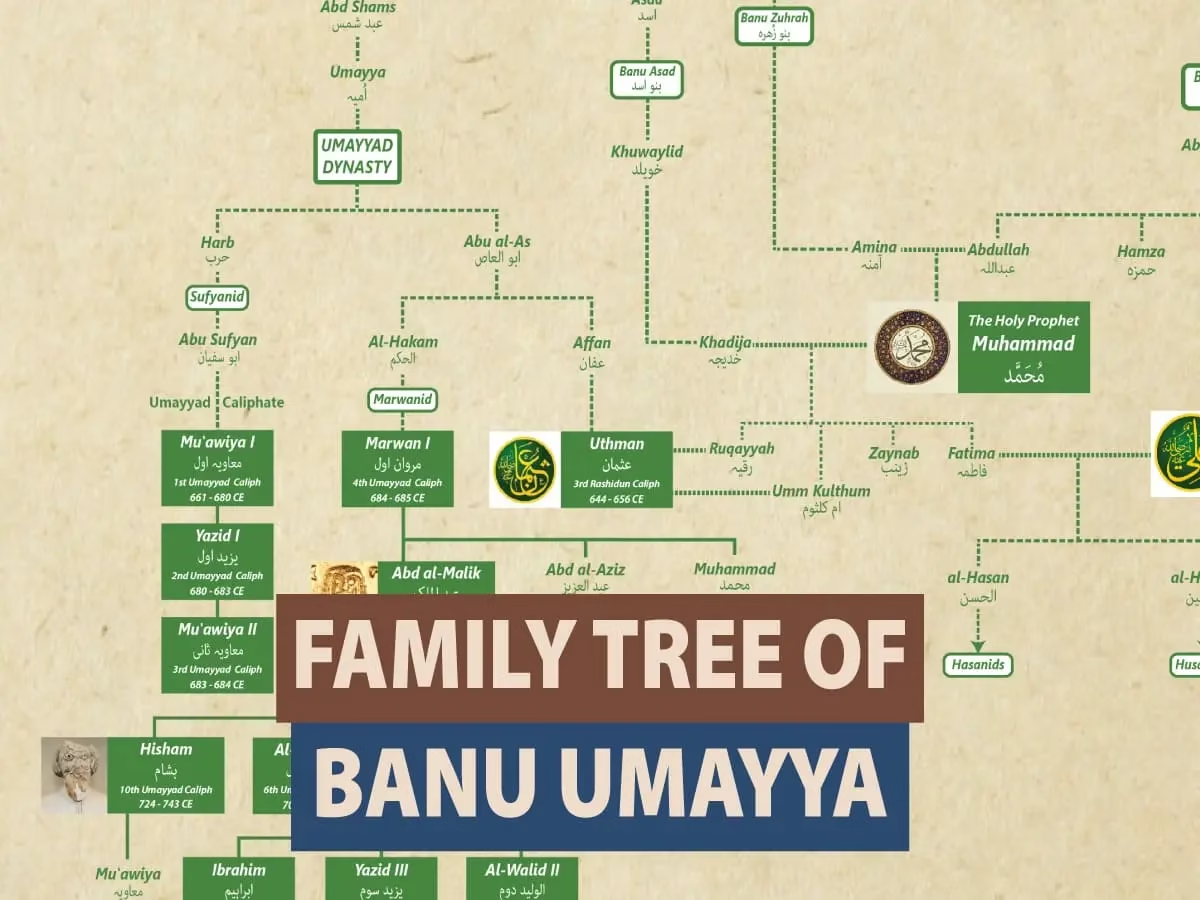The family tree of Sultan Alp Arslan highlights the enduring legacy of the Seljuk dynasty, founded by his forebears and strengthened by his descendants and relatives. Alp Arslan, celebrated for his military genius and his pivotal victory at the Battle of Manzikert, left behind a lineage that contributed significantly to the dynasty’s expansion and stability across various regions.
The interconnected roles of Alp Arslan’s children and relatives illustrate the Seljuk dynasty’s strategic distribution of power, which enabled it to thrive as a formidable force in medieval history. Their governance and alliances ensured the dynasty’s resilience and its place as a unifying power within the Islamic world.
Seljuq Beg: The Founder of the Dynasty
The dynasty derives its name from Seljuq Beg, the founder who laid the foundation of the Seljuk family. He was originally a chief of the Oghuz Turks and converted to Islam, establishing the base for his descendants to become powerful rulers. His leadership marked the transition of the Seljuks from a tribal society to a significant political entity.

See Also: Seljuks Family Tree
Mikail: The Father of Tughril Beg and Chaghri Beg
Mikail or Mikail ibn Seljuq, played a pivotal role in consolidating the family’s influence. Michael was killed in a battle while fighting against non-Muslims, Mikail’s legacy is notable through his sons—Tughril Beg and Chaghri Beg—who became the founders of the Great Seljuk Empire.
Arslan Yabgu
Arslan Yabgu or Arslan ibn Seljuq, a key early Seljuk leader, was instrumental in his tribe’s military successes, defeating the Karakhanids multiple times and supporting Ali Tigin during their civil war. However, in 1025, facing a coalition between Karakhanid Sultan Yusuf Kadir and Mahmud of Ghazni, Arslan relocated his tribe to the deserts.
He and his son Qutalmish were later captured by Mahmud—either during battle or through a betrayal at peace talks, as one account claims they were arrested during a dinner after negotiations. Imprisoned at Kalinjar Fort in present-day India, Arslan spent the rest of his life in prison. After Mahmud’s death, Arslan’s nephew Tughril Beg, and Mahmud’s successor Mas’ud I of Ghazni tried to reach an agreement. But the talks failed and Arslan died in prison in 1032.
Musa Yabgu
Musa Yabghu or Musa ibn Seljuk was one of the four sons of Seljuq Bey. His brother Arslan Yabghu wanted to lead the family when he was captured by the Ghaznavids, but was overshadowed by his nephews Tughril and Chaghri, who took charge of eastern affairs in the family council that met after the Battle of Dandanaqan. His son Hasan (Abu Ali Hassan) Bey was killed by the Georgians in an operation in eastern Anatolia in 1047.
During the reign of Sultan Tughrul, the areas ruled by Musa expanded and he obtained the titles of “Mu’izz al-Dawla Musa“ and Amir al-Mu’minin. But later, he rebelled during the time of Alp Arslan, but he was defeated and brought to him. Alp Arslan did not punish him. Details about the last years of his life are not known. But he died after 1064
Tughril Beg: The Founder of the Great Seljuk Empire
Tughril Beg was a visionary leader and the first ruler of the Great Seljuk Empire. He established the dynasty’s dominance by defeating the Ghaznavids and securing control over significant territories in Persia and Iraq. Tughril is particularly remembered for capturing Baghdad in 1055, marking the Seljuks as the protectors of the Abbasid Caliphate. His reign solidified the Seljuk Empire’s role as a central force in the Islamic world.
See Also: Family Tree of Great Seljuk Empire
Chaghri Beg
Chaghri Beg, Tughril Beg’s brother, was instrumental in the military and administrative successes of the early Seljuks. While Tughril focused on governance, Chaghri led military campaigns that expanded the empire’s territories. His contributions ensured the stability and growth of the dynasty.
Sultan Alp Arslan
Alp Arslan, the son of Chaghri Beg, is one of the most celebrated rulers of the Seljuk Dynasty. His reign is marked by the famous Battle of Manzikert (1071), where he decisively defeated the Byzantine Empire. This victory opened the gates of Anatolia to Turkish settlement and significantly weakened Byzantine power. Alp Arslan is remembered for his strategic brilliance and his efforts to unite the Islamic world under Seljuk rule.

Sultan Alp Arslan, one of the most renowned rulers of the Great Seljuk Empire, was succeeded by several notable sons who played important roles in shaping the future of the empire and the broader Islamic world. Each of his sons carried forward his legacy in unique ways, either as rulers, statesmen, or warriors. Below is an exploration of his sons and their contributions:
Alp Arslan’s Children
1. Malik-Shah I
Malik-Shah I was the most prominent son of Sultan Alp Arslan and succeeded him as the Sultan of the Great Seljuk Empire. His reign (1072–1092) is often considered the golden age of the Seljuk dynasty. Under Malik-Shah’s leadership, the empire expanded its territories, and administrative reforms were implemented. He worked closely with his vizier, Nizam al-Mulk, to ensure the empire’s prosperity. Malik-Shah also patronized science and art, commissioning astronomical observatories and supporting scholars such as Omar Khayyam.
2. Ayaz
Ayaz, another son of Sultan Alp Arslan, is less documented in history compared to Malik-Shah. He likely held a significant position within the empire and may have governed certain territories as part of the broader Seljuk administration. His contributions, though not as well-documented, reflect the collaborative nature of Seljuk rule where royal family members often played administrative roles.
3. Tekish
Tekish, also known as the Ruler of Balkh, was one of Alp Arslan’s sons who held authority in a specific region of the empire. Balkh was a significant cultural and economic center at the time, and Tekish’s governance would have been vital to maintaining the stability and prosperity of the area. His rule likely contributed to the cohesion of the Seljuk territories.
4. Borī-Bars
Borī-Bars is another son of Sultan Alp Arslan mentioned in historical records. While his exact role and contributions are not extensively detailed, he is believed to have been involved in the administrative or military aspects of the empire, consistent with the Seljuk practice of distributing governance among family members.
5. Toghan-Shah
Another son of Sultan Alp Arslan. At birth his name was Oghuz Toghan Shah, little is known about him, and there is no information that he led any military campaigns. However, he received some achievements and honorary titles as “Shams al-Dawla”. In 1083, after the death of his brother Arslan Shah, he was appointed king of Great Khorasan. The city of Herat was chosen as its headquarters. In 1084, he clashed with another brother Tekish (Emir of Balkh and Tokharistan). Perhaps he did not have enough ability to resist his brother, so he lost Eastern Khorasan. This led to the intervention of Malik Shah, who defeated Tekish. Malik Shah captured him and then blinded him.
Later, Toghan Shah ruled peacefully in Khorasan. He was an ally of scholars and poets. In 1092, after Malik Shah’s death, he was probably overthrown by his another brother Arslan Arghun.
6. Arslan Argun
Arslan Argun is noted as a ruler of Khorasan as well. His contributions would have involved administrative and military efforts to uphold Seljuk dominance in the region. As with other sons of Alp Arslan, his leadership reflects the distributed governance model of the Seljuk dynasty.
7. Arslan-Shah
Arslan-Shah, another ruler of Khorasan, continued the tradition of family governance in this key region. His efforts likely contributed to the empire’s stability during a period of significant expansion and consolidation.
8. Tutush: The Founder of the Seljuks of Syria
Tutush I, the brother of Malik-Shah, established the Seljuk rule in Syria. As the governor of Damascus, he laid the foundation for the Seljuk influence in the Levant, which later played a significant role in resisting the Crusaders.
These sons of Sultan Alp Arslan exemplify the diverse roles that members of the Seljuk royal family played in sustaining and expanding the empire. Their individual achievements highlight the dynasty’s strength and the collaborative leadership model that characterized the Seljuk reign.
9. Sifri Khatun
One of Alp Arslan’s wives was Safariyya Khatun. She had a daughter, Sifri Khatun. Sifri Khatun in 1071–72, married Abbasid Caliph Al-Muqtadi. In 1071–72 the grandfather of al-Muqtadi, Al-Qa’im sent his vazir Ibn Al-Jahir to ask her hand in marriage, to which demand the Sultan agreed. She married Abdallah ibn Muhammad (future Al-Muqtadi) and the marriage was consummated shortly after the marriage.
This marriage was politically important for the caliph because it gives him a power over Seljuk territories. As the ruling caliph was also related to ruling Seljuk sultan though marriage. However, Her father, Alp Arslan died shortly after her marriage in 1072 and her husband al-Muqtadi married another Seljuk princess decade later.
Kara Arslan Ahmad Qavurt: A Seljuk Prince and Rebel
Qavurt (also spelled Kavurt), a Seljuk prince and son of Chaghri, was governor of Kirman and brother to Alp Arslan. After Alp Arslan’s death in 1072, the throne passed to his son, Malik-Shah I, per his will. However, Qavurt rebelled, aiming to claim the throne.
Despite commanding a smaller force, Qavurt’s rebellion gained support from Turkmen officers, prompting Malik Shah and his vizier, Nizam al-Mulk, to bolster the army with non-Turkic regiments and Artukid allies. The decisive battle at Kerç Kapı (1073) ended in Qavurt’s defeat and capture. Though Malik Shah initially sought mercy, Nizam al-Mulk persuaded him to execute Qavurt and two of his sons, along with purging Turkic commanders linked to the rebellion.
While Qavurt’s defeat weakened Turkic influence in the Seljuk Empire, his remaining sons ruled Kirman as vassals, extending their lineage beyond the Great Seljuk Empire.
Qutalmish: The Aspirant and Ancestor of the Seljuks of Anatolia
However, Ibrahim’s growing autonomy led to conflict with Tughril Beg. In 1058, he rebelled but was defeated and executed by Sultan Tughril. Despite his rebellion, Ibrahim Yinal’s military achievements were crucial to the Seljuk Empire’s early success.
Suleiman I: Founder of the Seljuks of Anatolia
Suleiman I, the son of Qutalmish, is credited with founding the Seljuk Sultanate of Rum in 1077. This Anatolian branch of the dynasty played a crucial role in the region’s history, particularly during the Crusades. Suleiman’s leadership marked the beginning of Seljuk influence in modern-day Turkey.


